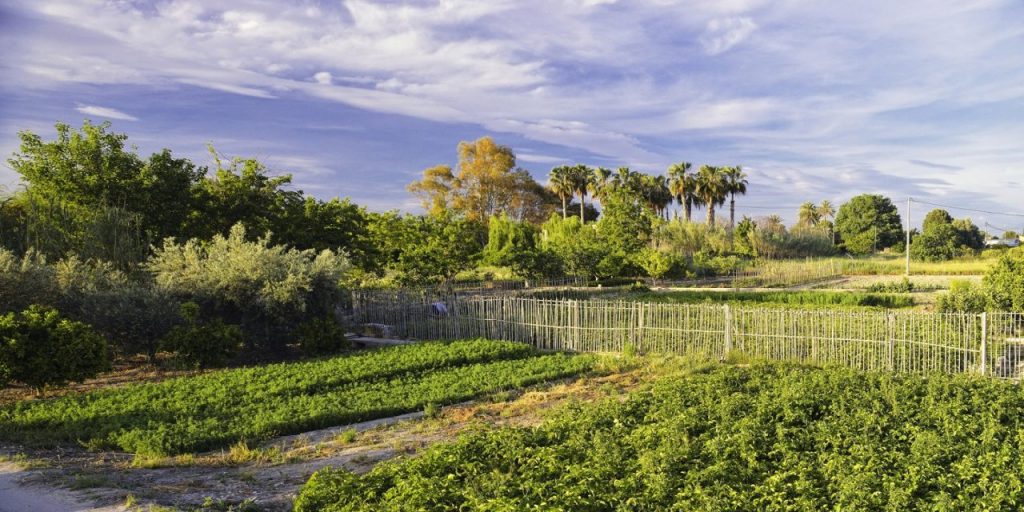It is the land of expressions such as “Me ha dado un paparajote” to refer to when a person gets dizzy, of “endormiscarse” when someone is disoriented, of “calentor” to refer to heat, of “miaja” to say a little bit and of “zagales” for children. Can you guess which Region we are talking about?
Well, yes, the Region of Murcia. From EDYPRO today we want to pay our particular tribute to this land that celebrates its big day on the 9th of June.
It is one of the regions where agriculture is a strategic sector of the regional economy. The Region of Murcia and its rich orchard are classified as one of the most fertile and prosperous lands at a national level. As a result, it has a large agricultural industry based on quality and environmental balance. It also has one of the highest percentages of organic agriculture in crops such as table grapes.
This translates into a high percentage of drip irrigation and investment in R&D to guarantee the viability of new crops and the profitability of traditional crops.
The result is a magnificent explosion of crops and a wide range of fruit and vegetable products that have a solid position and great prestige in national and international markets, such as pears from Jumilla, early peaches from Cieza, table grapes from Blanca, melons from Torre Pacheco, lemons from Santomera or wines from the Designations of Origin of Yecla, Bullas and Jumilla, or tomatoes from Mazarrón.
Among them, from EDYPRO we would like to highlight the following;
–Lemons. These are the region’s star citrus fruit. And they are grown with special care in the municipality of Santomera. The main destinations for this “lemon grove of Europe” are France, the United Kingdom, the Czech Republic and Poland.
–Table grapes. The two main producing municipalities are Alhama de Murcia and Totana. According to the Statistics Yearbook of the Ministry of Agriculture, Fisheries and Food, the Region of Murcia accounts for more than 6,364 hectares of the total 13,903 national hectares. This represents over 46% of the national production and the largest ahead of the Valencia Region.
–Broccoli. Murcia harvests more than 140,000 tonnes per year of this vegetable whose main market is Northern and Central Europe. It is mainly grown in the Guadalentín Valley and Campo de Cartagena.
–Lettuce. The more than 30,000 tonnes per year from the Murcia region account for 35% of the national market. The varieties most grown in the Region are Romana, Iceberg, which predominates in Campo de Cartagena, Valle del Guadalentín and Águilas, and Batavia.
–Early stone fruit. Stone fruit crops in the Region include apricot, red and yellow peach, nectarine, Paraguayan and platerinas, and with a smaller production of cherry and plum.
The production of this type of fruit in Murcia is the first to be marketed at a national level due to its early harvesting, from April to August and September.
The municipality of Cieza is a leader in peach production. Some of the varieties most appreciated by consumers across Europe are Catherina, Carson, Baby Gold6, Andross and Sudanel.
Although the Pipas or Brasileño, Vesubio, Fortuna, Marujas, Jerónimos and Calabaceros varieties can also be found in the Region, the last three of which are native to the area. The annual production in 2021 was 300,958 tonnes, which are mainly sold on the domestic market and in central and northern Europe.
Another fruit that stands out in Murcia is the apricot, mainly in the area of Cieza, Abarán and Blanca, which in 2021 produced 54,739 tonnes.
Which of all these fruits and vegetables are your favourites?

